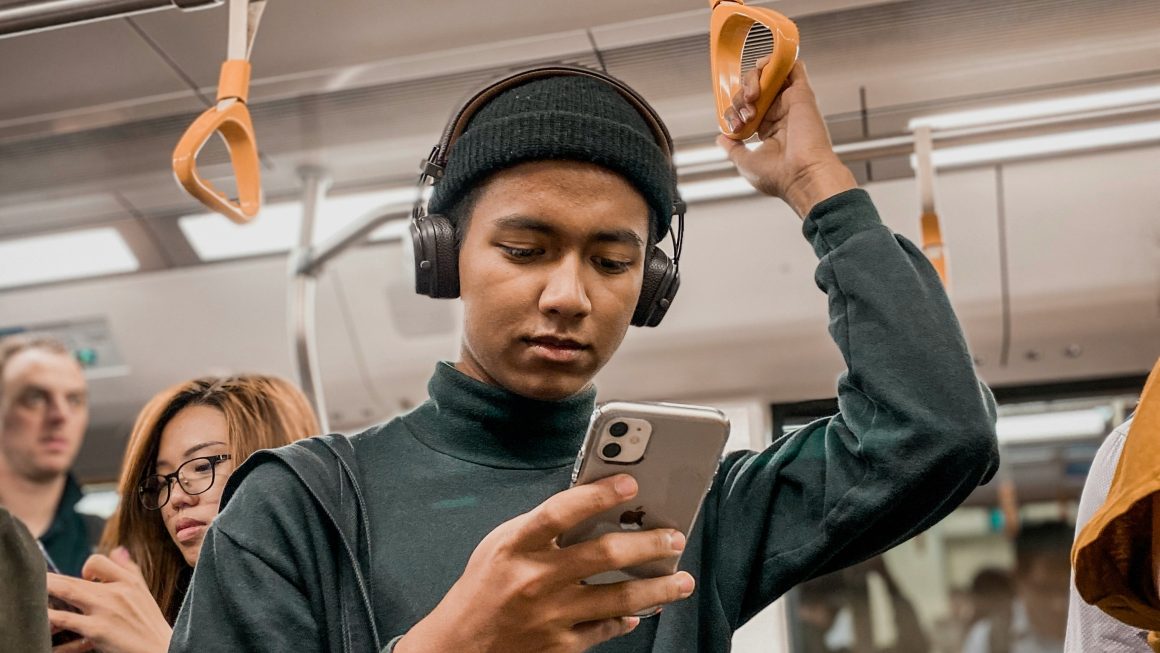It’s common to have the passion to learn a new language or Language Learning but not have enough resources to afford the hefty registration fees of in-person lessons. However, now there’s a mobile app to cover every need of ours. Want to book a train ticket? There’s an app for it. Want to order food past midnight? You can do so using a food delivery app.
So, if you are eager to learn a new language fluently then all you need is to be motivated. The rest your app will help you out with. Keep in mind, some apps only work when you are online. Connect yourself to wireless high speed internet and choose from any of the apps we have compiled so far.
Which Language Should I Learn?
Some of you might be having second thoughts on which language to learn. That’s perfectly normal and many language-learners have experienced some form of doubt as to whether or not their language choice was the right one to make.
As you know, learning a language is a serious commitment that many say is a lifelong pursuit. Many people have different reasons with some opting to learn the most useful languages today for practical reasons. For example, many choose to learn Spanish for more career opportunities. You can either be a translator providing English to Spanish and Spanish to English translation services, teach Spanish domestically and abroad, and even put your Spanish skills to good use through a career in the government. But of course, there are other language learners that do so plainly for the love of learning and experiencing foreign cultures.
Whichever language you choose and for whatever reasons, the best way to learn it is to explore the world and immerse yourself among native speakers. But with the coronavirus pandemic disrupting domestic and international travel, you will have to put your travel plans on hold. You can still continue your language-learning process at the comfort and safety of your very home through these translation apps.
1. Duolingo
Those who are eager to Language Learning multiple languages at once can certainly opt for Duolingo. The app is free and you can select from a list of over 22 languages without restricting your learning spectrum to anything. The one unique aspect of the app is how each lesson has been gamified. The more you progress in the given lesson, the more achievements, and badges you unlock. Why does Duolingo follow gamification? To keep the learners engaged at all times. If you feel like you haven’t understood anything, you can always redo the lesson you have chosen.
2. Babbel
Babbel streamlines the lessons by following the style of conventional academic learning. The app helps you choose the language you want to learn and you can avail a free test lesson before purchasing it as the app isn’t free and follows a subscription model. Currently, there’s only the availability of choosing over 14 languages. Babbel focuses on learning modules based on the use of audio and visuals. The Language Learning learner is shown pictures and the relevant phrases and letters are spelled out along with a thorough translation of each phrase.
3. Busuu
While the language collection of Busuu might not be as extensive as the rest, it’s still a great app offering a revamped experience to learners of every level. Ranging from beginner to expert levels, it’s also an app meant for every age group. You can do a lot more than accessing exercises. Busuu even has a dedicated socializing feature for learners to share their experiences and help each other learn foreign languages better.
4. Memrise
You must have used flashcards to learn certain words and phrases as a student. Memrise follows a similar concept of using digital flash cards to further simplify learning. The cards just don’t consist of words instead there are short clips where a person helps you spell out and pronounce the word. Along with the actual translation of the word, Memrise even shows you its literal translation. The app, however, isn’t entirely free. Some lessons can be accessed for free but if you want to fully leverage the app’s language learning power, you have to subscribe to its plans.
5. Rosetta Stone
Those who prefer auditory learning have the one and only app to rely on – Rosetta stone. The platform has been around since the ‘90s and has gradually upgraded itself over the years but still hasn’t lost its original essence. The app uses auditory lessons with pictures depicting certain phrases. Additionally, you don’t have to stick to the learning modules the app offers. What’s so handy about Rosetta stone is that it lets you customize your lessons as you deem fit.
6. Drops
Have you gotten enough of auditory lessons and want to try something new? Well, Drop is for visual learners. By using pictures to present words, the app adds visual appeal and engages the learners more. Some languages are just too confusing to get a grasp on but Drop changes it completely. The app isn’t gamified to an extent as much as Duolingo is but it comprises of short 5 minute lessons. Drops is also a great find for travelers. It consists of default phrases travelers can use to communicate with the locals better. The app is free but to access premium features, you have to acquire its subscription plans.
7. Pimsleur
Those who enjoy listening to podcasts can resort to Pimsleur. Only those who consistently listen to podcasts can fully leverage the app’s learning modules. It does sound challenging to only listen to podcasts for learning a new language entirely but Pimsleur simplifies it to an extent. If you subscribe to the premium version of Pimsleur, you even get to view flashcards that enforce quicker learning than solely listening to podcasts. In turn, you are able to improve your pronunciation of some of the difficult phrases and words.
To conclude
With all these language learning apps in your arsenal, your endeavors become quick and easy. While every app has its pros and cons, the apps do possess a unique set of features you can depend on to speedily learn a new language with zero limitations bounding your learning curve.
Read More: Quora Introduces 3 More Ad Targeting Options




